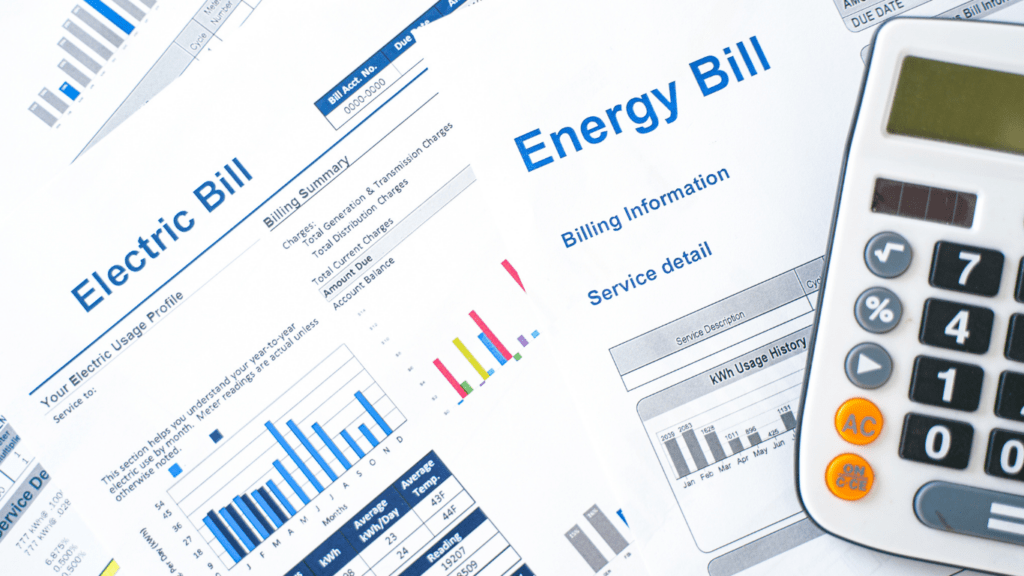What Is a Sustainable Home?
A sustainable home minimizes its environmental impact by optimizing resource use, energy efficiency, and eco-friendly materials. These homes integrate renewable energy systems like:
- solar panels
- use water-saving fixtures
- incorporate insulation techniques
that reduce energy loss. Materials such as reclaimed wood, recycled steel, and non-toxic paints enhance sustainability while maintaining durability.
Smart home technologies often play a role in sustainable living. Automated thermostats, smart lighting, and energy monitoring systems help manage consumption and lower carbon footprints. Designs prioritize natural light and ventilation to decrease dependence on artificial heating and cooling.
Sustainable homes go beyond reducing emissions. They focus on promoting healthier living environments through improved indoor air quality, using materials free from harmful chemicals, and including features like green roofs or gardens to connect occupants with nature.
Environmental Benefits of Sustainable Living
Sustainable living contributes significantly to environmental preservation. It lowers pollution levels, safeguards ecosystems, and reduces strain on limited resources.
Reduced Carbon Footprint
Eco-friendly homes drastically cut carbon emissions through energy-efficient designs and renewable energy sources. Solar panels, for example, generate clean electricity, while energy-efficient appliances consume less power. High-performance insulation reduces heating and cooling energy use, minimizing fossil fuel dependency. These measures collectively decrease greenhouse gas output, aiding climate change mitigation.
Conservation of Natural Resources
Sustainable homes prioritize natural resource preservation by reducing consumption and waste. Water-saving fixtures like low-flow faucets and dual-flush toilets help conserve water. Recycled or renewable construction materials, such as reclaimed wood and bamboo, minimize resource depletion. Smart systems optimize energy and water usage, ensuring no excess wastage. This approach protects finite resources for future generations.
Health and Well-being Advantages
Sustainable homes offer significant benefits for physical and mental health. These advantages stem from thoughtful design choices that promote indoor quality and comfort.
Improved Indoor Air Quality
Sustainable homes prioritize materials and systems that reduce indoor pollutants. Features like non-toxic paints, formaldehyde-free insulation, and advanced ventilation systems improve air cleanliness. For example, energy recovery ventilators (ERVs) filter out allergens while maintaining moisture balance. Cleaner indoor air reduces respiratory issues and creates a healthier living space.
Enhanced Comfort and Mental Health
Energy-efficient designs in sustainable homes stabilize indoor temperatures, improving overall comfort. High-performance windows and proper insulation minimize drafts and maintain consistent conditions. Additionally, access to natural light and integration of biophilic elements, such as indoor plants or green spaces, enhance mood and alleviate stress. A serene and stable environment supports emotional well-being and mental clarity.
Financial Benefits of Sustainable Homes

Sustainable homes provide significant financial advantages by reducing ongoing living expenses and increasing overall property value. These benefits make eco-friendly living an economically appealing choice for homeowners.
Lower Energy Bills
- Energy-efficient features in sustainable homes drastically reduce utility expenses.
- Solar panels, for instance, generate renewable energy, cutting electricity costs by up to 70% in some cases.
- High-performance insulation minimizes heating and cooling needs, maintaining indoor temperatures without excessive energy use.
- Appliances with ENERGY STAR ratings further optimize energy consumption, ensuring lower monthly utility bills.
- Smart home technologies also contribute to energy savings.
- Automated thermostats and lighting systems reduce unnecessary usage, adapting consumption to actual needs.
- These integrations ensure sustainable homes maintain comfort while keeping operating costs minimal.
Increased Property Value
Sustainable homes typically command higher market prices due to their eco-friendly features and long-term cost savings. According to the National Association of Realtors, properties with photovoltaic (solar) systems sell for 4.1% more on average. Insulation upgrades, energy-efficient windows, and water-saving fixtures increase property appeal to environmentally-conscious buyers.
Buyers also value the durability of eco-friendly materials like bamboo flooring or recycled steel, which reduce future maintenance and repair costs. These elements make sustainable homes a smart investment, offering higher resale values compared to conventional properties.
How to Transition to a Sustainable Home
Adopting a sustainable home doesn’t require an instant overhaul. Gradual changes can make the process more manageable and effective, balancing short-term adjustments with long-term strategies.
Simple Changes to Start With
Implementing small, eco-friendly actions can create a big impact. I focus on energy and water conservation first. Switching to LED bulbs cuts energy use by up to 75% compared to traditional lighting. Installing low-flow showerheads and faucet aerators reduces water waste without sacrificing comfort.
Recycling and waste reduction are also effective starting points. I separate recyclable materials like:
- paper
- glass
- plastic
- minimize single-use items
by using reusable bags and containers. Composting kitchen scraps creates nutrient-rich soil and reduces landfill waste. Making greener choices in cleaning products is another easy step. I avoid chemical-laden solutions and opt for biodegradable or plant-based alternatives to improve indoor air quality and reduce environmental toxins.
Long-term Investments for Sustainability
Commitment to larger changes can amplify sustainable home benefits. I invest in renewable energy solutions, such as solar panels, which can reduce electricity costs and reliance on non-renewable sources. These systems often qualify for tax incentives, making them more accessible.
Enhancing insulation and upgrading to energy-efficient windows prevents energy loss. High-performance insulation materials can cut heating and cooling demands by 30%, lowering utility bills.
For water efficiency, I use rainwater harvesting systems or gray-water recycling for irrigation purposes. Smart irrigation systems further optimize outdoor water use.
Eco-friendly building materials like bamboo flooring or recycled steel create a durable, sustainable foundation for major renovations. Pairing these updates with smart home technologies, like programmable thermostats, maximizes resource efficiency while providing greater control over energy use.


 Maecherie Buchanan brought her creativity and knowledge to Mode Key Homes, enriching the platform with inspiring home renovation ideas and energy-efficient solutions. Her work ensures that homeowners have access to innovative ways to enhance and transform their living spaces.
Maecherie Buchanan brought her creativity and knowledge to Mode Key Homes, enriching the platform with inspiring home renovation ideas and energy-efficient solutions. Her work ensures that homeowners have access to innovative ways to enhance and transform their living spaces.